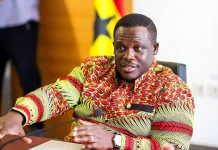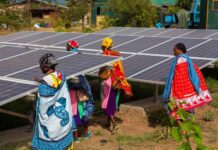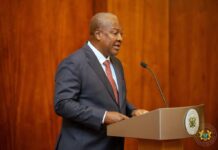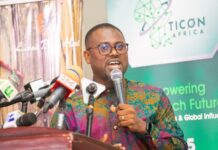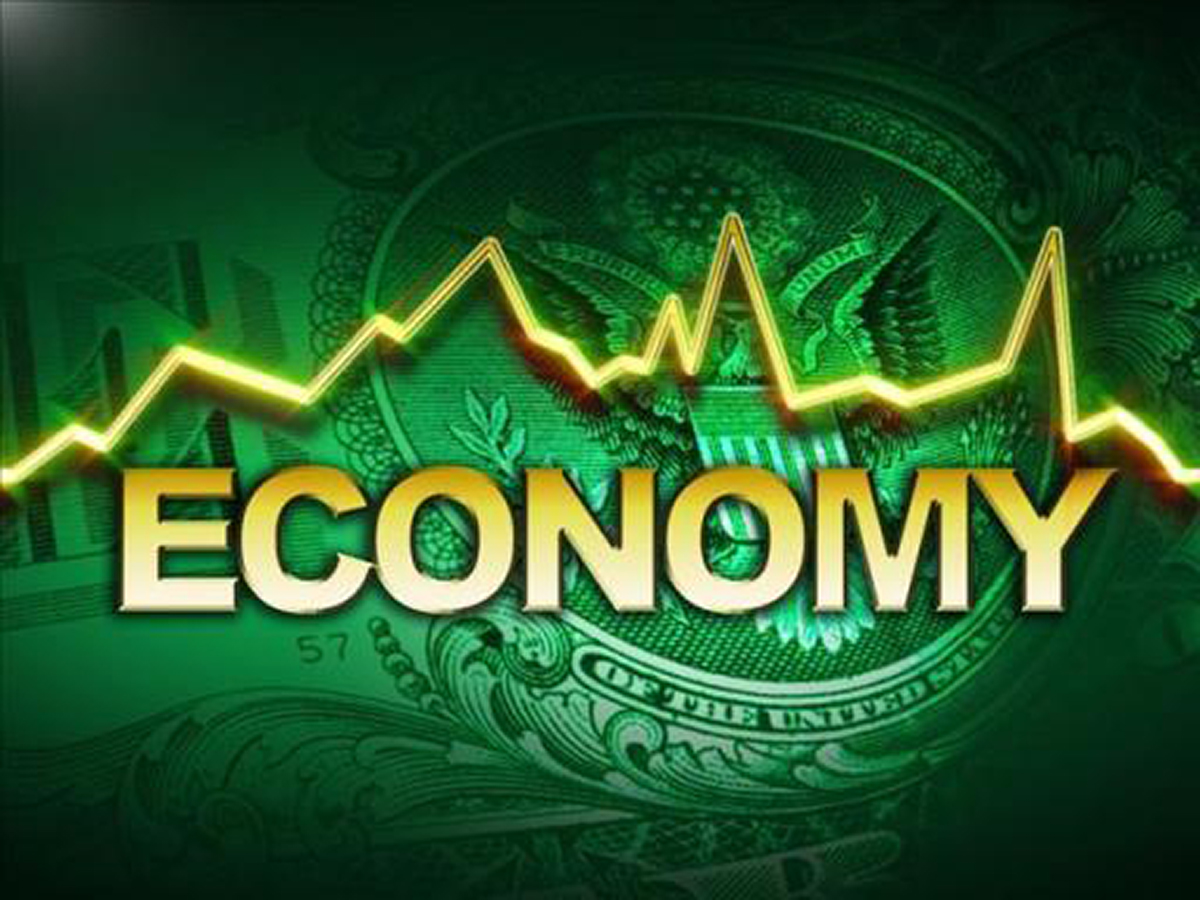
By Hassan ADEBAYO
Nigeria has finally launched the long-awaited Economic Recovery and Growth Plan, a medium-term plan for 2017-2020, broadly targeting restoration of growth, human development and globally competitive economy, in efforts to combat current economic crisis and achieve sustained diversification and inclusiveness.
The Ministry of Budget and National Planning released the ERGP document on Tuesday, eventually providing a policy and reform framework, demanded locally and internationally, to haul the economy out of recession and chalk out path to national development.
Unavailability of the ERGP has been mentioned as impeding the country’s efforts to secure funds needed to address her economic challenges, including to fund the budget especially critical infrastructural objectives.
In January, Reuters reported how inability to submit recovery and reform plan stalled Nigeria’s bid for loan, quoting unnamed sources in global and Nigerian finance circle. The Reuters report mentioned the African Development Bank, AfDB, President, Akinwunmi Adeshina, as saying the bank held back the last tranche of $1 billion loan for Nigeria.
“We are waiting for the economic policy recovery programme and the policy framework for that,” Mr. Adeshina was quoted as saying, while explaining the reason for holding back last tranche of loan for Nigeria.
In the plan disclosed Tuesday evening, Nigeria said: “The vision of the ERGP is one of sustained inclusive growth. There is an urgent need as a nation to drive a structural economic transformation with an emphasis on improving both public and private sector efficiency.
“This is aimed at increasing national productivity and achieving sustainable diversification of production, to significantly grow the economy and achieve maximum welfare for the citizens, beginning with food and energy security. This Plan is a pointer to the type of Nigeria that the people desire in the short to medium-term, and encourages the use of science, technology and innovation to drive growth.
“It also provides a blueprint for the type of foundation that needs to be laid for future generations, and focuses on building the capabilities of the youth of Nigeria to be able to take the country into the future.”
BROAD OBJECTIVES
The ERGP has three main objectives, including restoration of growth which has been elusive; investment in the people; and becoming a globally competitive economy.
To restore growth, the ERGP focuses on macroeconomic stability through fiscal stimulus, monetary stability and improved external balance of trade; and economic diversification by giving attention to agriculture, MSMEs, etc.
“The revival of these sectors, increased investment in other sectors, less reliance on foreign exchange for intermediate goods and raw materials and greater export orientation will improve macroeconomic conditions, restore growth in the short term and help to create jobs and bring about structural change,” stated the ERGP.
To drive investment in the people, the government said it would focus on social inclusion through targeted programmes that will enhance access and ensure support for the vulnerable. It also said it would reduce regional inequalities, especially in the Niger Delta and the North East.
Further, the government also expressed commitment to job creation and human capital by investing in healthcare and education to fill the skills gap in the economy.
“The ERGP aims to tackle the obstacles hindering the competitiveness of Nigerian businesses, notably poor or non-existent infrastructural facilities and the difficult business environment,” stated the ERGP. “It will increase competitiveness by investing in infrastructure and improving the business.”
Outlook by 2020
The ERGP, the government said, is designed to achieve agricultural transformation and food security and make Nigeria become a net exporter of rice, cashew nuts, groundnuts, cassava and vegetable oil by 2020.
For tomato paste, rice and wheat, the government said it targeted self-sufficiency by 2017, 2018 and 2020 respectively.
Improved foreign exchange inflow, achieving 10 GW of power generation, becoming exporter of refined petroleum products, stable macroeconomic environment, infrastructural development and industrialised economy are other parts of the outlook Nigeria envisions come 2020.
It is not the first time Nigeria would have a development plan; but mismanagement, lack of coordination, and non-implementation stalled effectiveness of previous ones.
But the government said it would ensure implementation of the ERGP by tackling growth constraints like poor business environment; involving the private sector and allowing market function; promoting national cohesion, social inclusion and core values “that define the Nigerian society as enshrined in the 1999 Constitution, notably discipline, integrity, dignity of labour, social justice, religious tolerance, self-reliance and patriotism.”
Surprisingly, the government did not mention tackling corruption held by the Buhari administration as one of its main goals.





